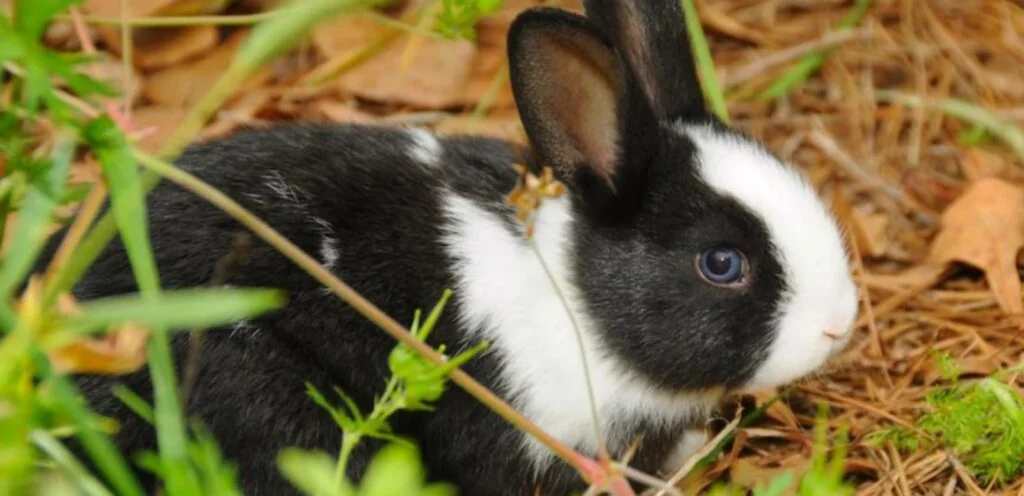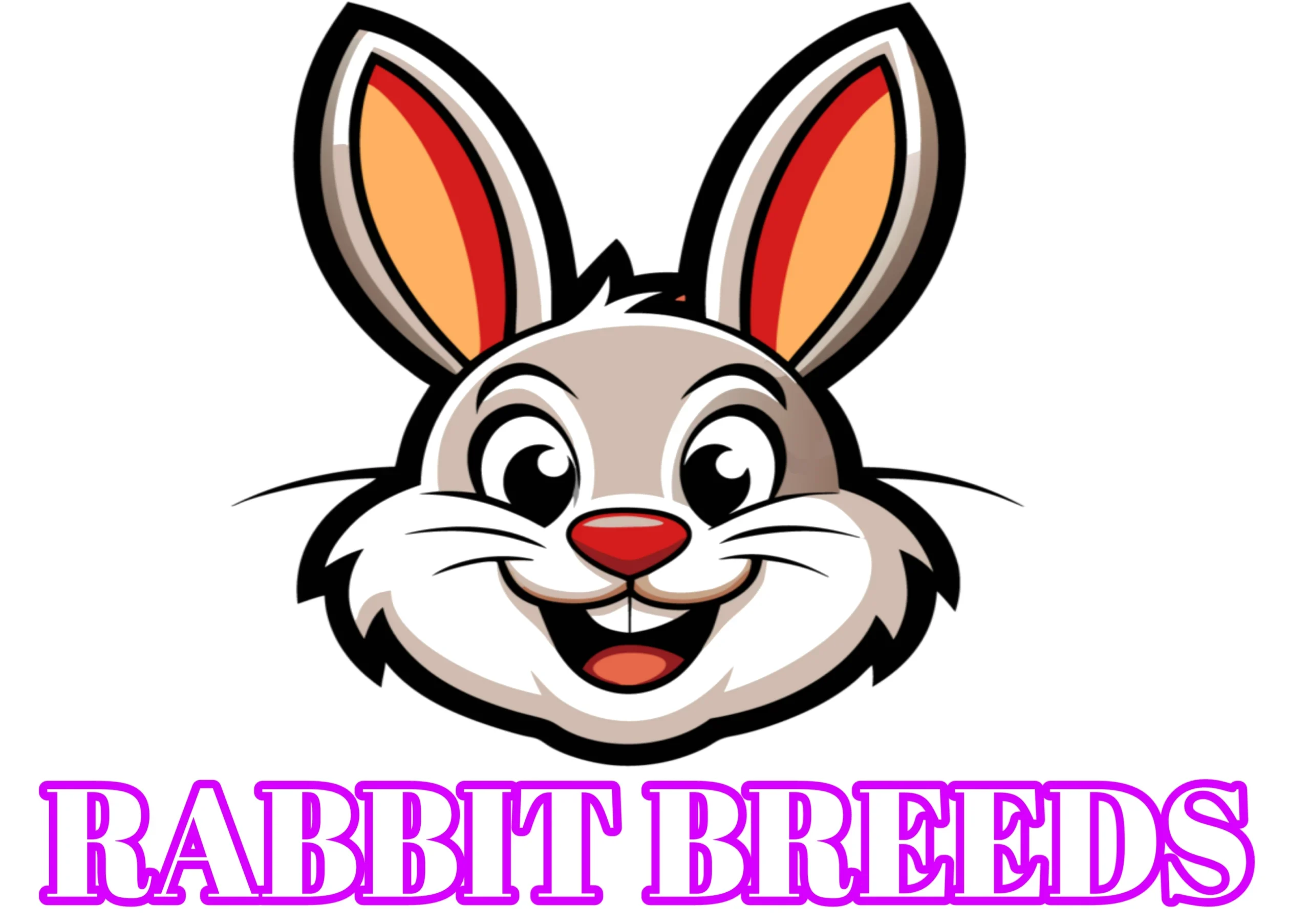Dutch Rabbit | Compact & Even-Tempered Rabbit Breed
Considered one of the most lovable and distinct domestic pets, the Dutch rabbit stands out due to its kind nature and unique markings. This rabbit is popularly recognized and loved, often associated with pets because of their small bodies and enclosed living spaces. Compact body and a bold contrast between white and colored fur make these rabbits the first image that comes to mind when someone thinks of domestic rabbits. It was first bred for meat and fur, but has shifted into a loving companion and show pet that people prefer in this day and age. Its playfulness alongside its small size make it easy to care for, which is a blessing for novice pet owners.
These rabbits are social, brimming with intelligence, and do well in active households that have regular friendly interactions with the pets. Whether kept indoors in cages or outside in secure hutches, these rabbits are able to adapt to different conditions with no issues. Dutch rabbits are sociable and told among other pets, making them great companions for different types of pet lovers. In this complete guide, we will cover everything there is to know about these rabbits, exploring their unique attributes alongside their history, classification, trivia, and other considerations for prospective owners.

Development of Dutch Rabbit Breed
Dutch rabbit breed began in the Netherlands in the early 1800s. It was developed from a stocky meat breed rabbit. Subsequently, these rabbits came into England where they were bred into the compact and symmetrical this rabbit which every one is familiar with today. Although bred for meat consumption, Dutch rabbits soon became popular for shows and as family pets owing to their gentle nature and beautiful markings. By the late 1800’s, Dutch rabbits had already crossed over to Europe and North America.
The breed started getting recognition from associations such as the American Rabbit Breeder’s Association (ARBA) which helped establish its status as one of the foremost domesticated rabbits. Currently, These rabbits are preferred for their calm behavior and firm body shape with balanced, symmetrically split markings, divided into white and colored parts. Their ever increasing popularity among pet and breeders is a true depiction of the breed’s versatility, charm, and timeless appeal.
Classification of Dutch Rabbit Breeds
By Purpose
Originally, the Dutch Rabbit was bred primarily for meat, but has subsequently gained renown as a companion and show rabbit. Its captivating markings and gentle temperament are also suitable for shows, where contestants are rigorously judged on symmetry and body shape. Currently, most people keep these Rabbits as pets, although a few still compete in shows. Because of their calm and captivating nature, these rabbits are also included in educational outreach programs and therapy sessions. Most of these rabbits thrive in human contact, making them ideal for families, classrooms, and even assisted living facilities.
By Size
With a weight ranging from 3.5 to 5.5 lbs, These Rabbits are classified as small to medium-sized rabbits. The breed has a compact, rounded body with short neck and upright ears. Their size is easy to manage, which is delightful for children or novice rabbit owners. Unlike giant breeds that require extensive space, the Dutch rabbit can thrive in smaller environments, including indoor pens or backyard hutches, as long as they receive sufficient interaction and exercise. These rabbits are one of the most versatile domestic breeds due to their size and temperament.
Trait Characteristic on Most Popular Dutch Rabbits
A Dutch rabbit’s distinct characteristic is its two-tone color markings. It has a white blaze that runs down its face, a white “collar” that sits around its neck and a white saddle that sits on its shoulders and back. These rabbits are well known for their loving, affectionate, intelligent, and playful nature. They require attention and have the ability to be petty trained, respond to their name, and perform tricks when positively reinforced.
Like any breed, Dutch rabbits need to be mentally and physically stimulated in active environments. Their gentle nature makes them ideal for singles, families, seniors, and even as pets. These rabbits are greatly admired and loved by hobbyists and breeders as they not only have a striking appearance but also a gentle temper.
Tips to Know Before Getting a Dutch Rabbit
Like other types of pets, Dutch rabbits also require owners to put in some commitment to their social, space, dietary, and housing requirements. Dutch rabbits, specifically, are social and active animals that need constant companionship, not only from humans, but other rabbits as well. The rabbits need to be housed in cages that provide ample space for stretching, playing, and exploring. Their diet should also constitute a major proportion of hay and be supplemented with fresh vegetables and good quality pellets.
Even though these rabbits have short coats that are relatively low-maintenance, they still require occasional grooming during shedding phases. Access to regularly cleaned water and cages, along with scheduled vet visits, are essential as well. Dutch rabbits that are willing to be selected from a breeder or from rescue should, upon the first selection, be alert with smooth fur and clear eyes. Knowing such behaviors will definitely leads to a more responsible ownership.
Explore Other Popular Breeds
Guidelines for Dutch Rabbit Care and Ownership
Dutch rabbits require special care which includes a well-balanced diet, active environment, and regular healthcare. The dietary needs of a Dutch rabbit include fresh hay, clean vegetables, and some pelleted food. The rabbit’s drinking water must be fresh at all times. Dutch rabbits love exercising and require plenty of it daily. The area where a rabbit is kept should be safe and void of any dangers. Tunnels and chew toys provide extra entertainment for rabbits while keeping them active.
Dental care is essential, so weekly grooming is suggested to help with shedding. Rabbits that are given sufficient care and attention usually live between 5-8 years, but can live longer if properly cared for. Proper medical care, preventative vaccinations and dental hygiene checks greatly improves a rabbit’s quality of life. Such care allows the rabbit to remain healthy, both physically and emotionally, thus making it a reliable pet to the household.
Additional Information About the Dutch Rabbit
Historical roots: The Dutch rabbit is one of the oldest and most enduring rabbit breeds, dating back to the early 1800s.
Striking Markings: The saddle and blaze markings that distinguish Dutch rabbits from other breeds are symmetrically set in white which further adds to their elegance.
Show Favorites: The standards set for body proportions and coat markings are so strict that it makes Dutch rabbits one of the favorites in the show ring.

Intelligent and Trainable: Dutch rabbits can learn a plethora of things with relatively easy training. These things include responding to their name, being given verbal commands, using a litter box, and performing small tricks.
Social Butterflies: Dutch rabbits provide great companionship to their owners as they prefer social settings and need to be loved and cared for on a regular basis.
FAQs on Dutch Rabbit Breeds
Conclusion
The Dutch rabbit is uniquely charming for its good temperament and beauty that continues to win hearts globally. It is readily identifiable by its compact size, symmetrical markings, and loving temperament which makes it an ideal rabbit for both novice and seasoned owners. It doesn’t matter if the Dutch rabbit is kept as a companion animal or as a show contender, it is sure to provide joy and companionship everywhere. The delightful breed is prized across the globe, and with proper care, nutrition, and attention, it can live a long and healthy life, solidifying its stance as one of the most recognized and treasured rabbit breeds across the globe.
